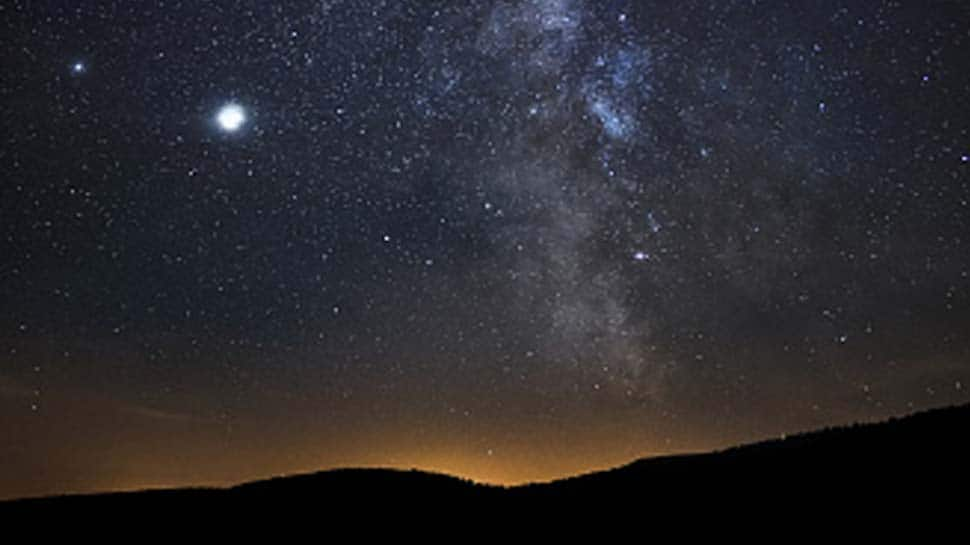
The planets Jupiter and Saturn will be as close to each other as possible on Monday (December 21, 2020), in what’s called the greatest celestial wonder in centuries. The great conjunction will be seen in the night sky on Monday between 6.30am and 7.30pm.
To get a better view of the event, you will need binoculars or a place with a small telescope. This will not only give you a better view of the planets, but also of the four moons that orbit Jupiter. Such an event was last observed nearly 400 years ago, in 1623, and the next is likely to take place in 2080.
The Jawaharlal Nehru Planetarium in Bengaluru has arranged to observe the celestial conjunction of the planets Jupiter and Saturn on Monday between 6.30am and 7.30pm, an official told the IANS news agency. “We have installed telescopes in our facilities to observe the conjunction of Jupiter and Saturn on Monday night if weather conditions allow it,” the planetarium official said in a statement here.
Due to Covid-induced restrictions on people gathering in large numbers in public places, those registering online to watch the celestial event will be able to enter the planetarium in limited numbers to maintain social distancing. “Those who cannot see the event at the planetarium due to restrictions on overcrowding, can view the conjunction of the two stars online on our website or on the Facebook and Youtube channel,” the statement said.
As the fifth planet from the sun, Jupiter is the largest in the solar system, like a gas giant with a mass of one thousandth that of the Sun. “As the sixth planet from the sun and the second largest in the solar system, Saturn is a gas giant with an average radius of nine times that of the Earth, “the official added.
The conjunction also coincides with the longest day (December 21) of the year when the sun reaches a point where it appears to shine further south of the equator over the Tropic of Capricorn, marking the start of the winter solstice.
On July 16, 1623, the two planets were 5’10 ”(five minutes and 10 seconds) from each other compared to 6’06” of arc on December 21. There have only been two more cases where Jupiter and Saturn have gotten this close. as close as what we will see this year.
An astronomer from the Division of Planetary Sciences at the National Aeronautics and Space Administration (NASA) Headquarters in Washington, Henry Throop, said: “The date of the conjunction is determined by the positions of Jupiter, Saturn and Earth in their trajectories around the Sun, while the date of the solstice is determined by the inclination of the Earth’s axis. The solstice is the longest night of the year, so this rare coincidence will give people a great opportunity to get out and see the solar system. “
The conjunction will also coincide with the December solstice, the shortest day of the year in the northern hemisphere and the longest in the south.
Although the plants will be separated, due to the proximity they will appear as a large star, such as the biblical Christmas star or the Star of Bethlehem, which appeared in the eastern sky when Jesus Christ was born.
According to NASA, Saturn will be a bit weaker, as it will appear to be above the largest planet in our solar system to the left. Positions will be reversed after December 21.
Meanwhile, the Jawaharlal Nehru Planetarium in Bengaluru has arranged to observe the celestial conjunction of the planets Jupiter and Saturn. “We have installed telescopes in our facilities to observe the conjunction of Jupiter and Saturn on Monday night if weather conditions allow it,” the planetarium official said in a statement.
On live Tv
.